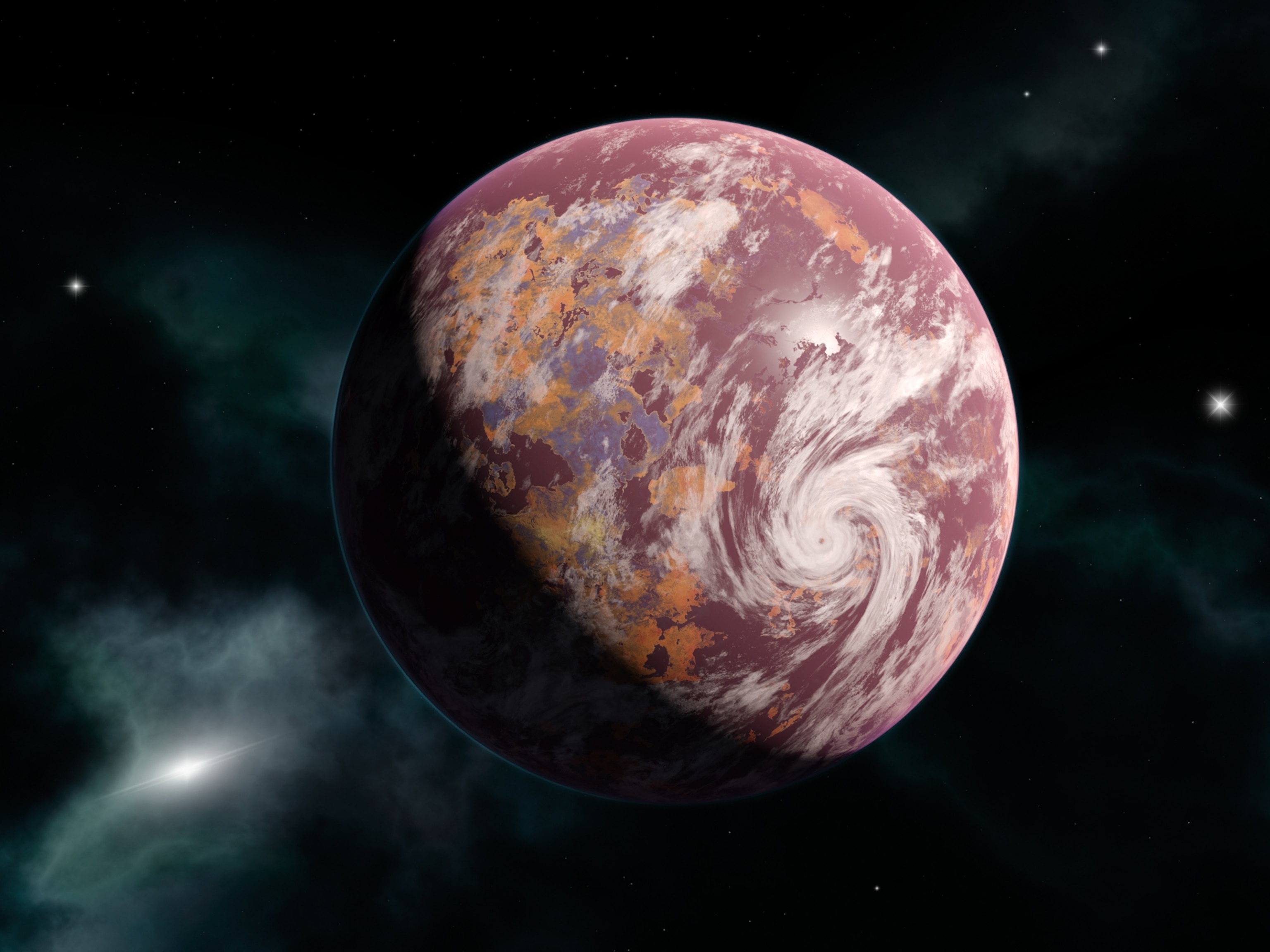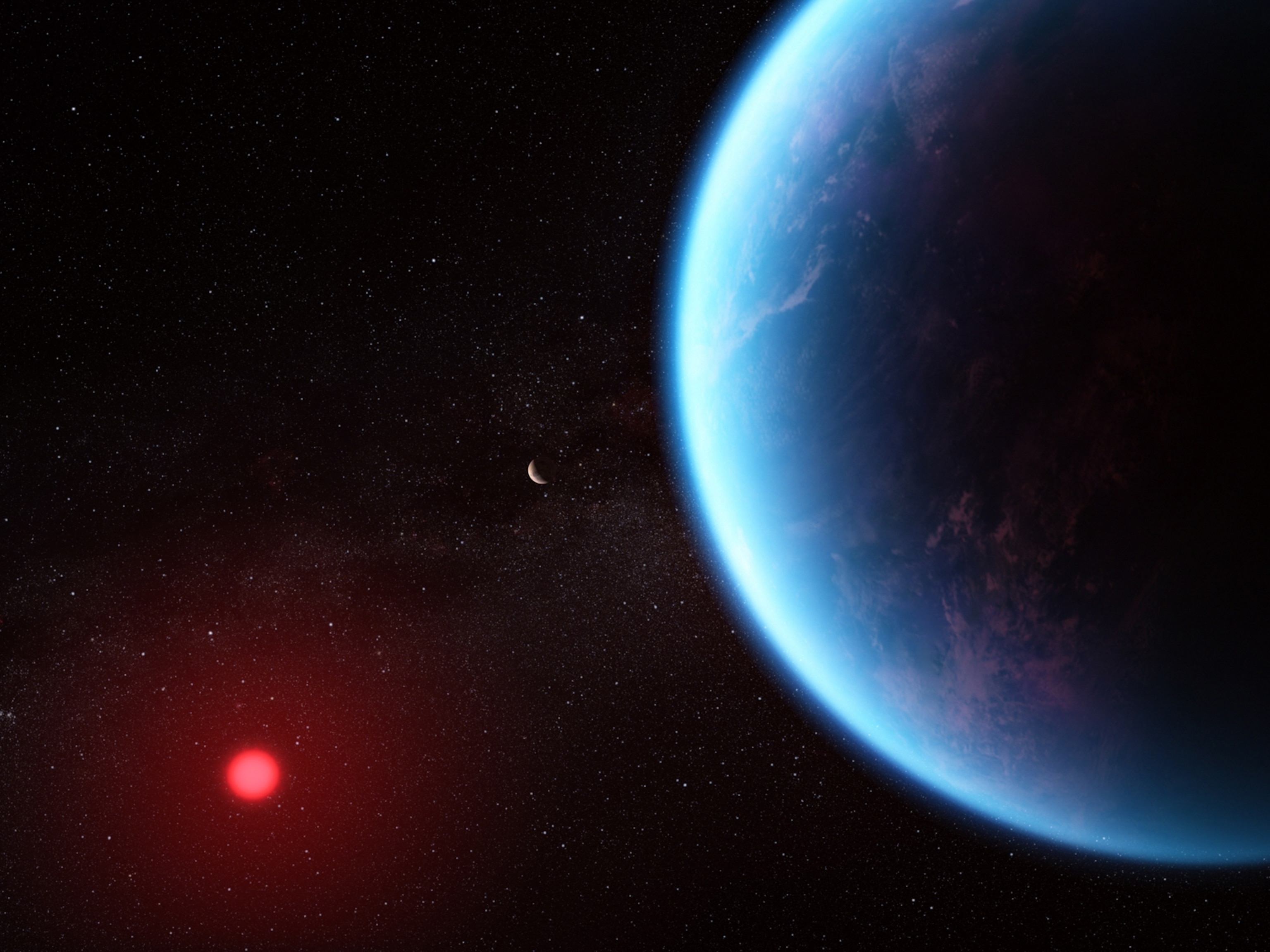For centuries, planets beyond our solar system—called exoplanets—existed only in theory and science fiction. It seemed nearly impossible to detect planets light-years away, since the relatively tiny worlds would appear billions of times fainter than their parent stars. But in the last two decades astronomers have successfully developed indirect detection methods, most of which rely on measuring the effects of orbiting planets on far-off stars.
In 1992 astronomers reported the first planet-size masses around a dead star, the pulsar PSR1257+12, which sits 2,000 light-years away. Three years later came news of the first known exoplanet, a Jupiter-like gas giant orbiting its star closer than Mercury circles our sun. That world was detected around the sunlike star 51 Pegasi, a mere 50 light-years from Earth.
The rate of exoplanet discovery has since climbed rapidly thanks to the development of three main detection techniques, which all involve both ground- and space-based observatories. As of January 2012, the tally of confirmed alien worlds has skyrocketed to just over 720. However, the hunt is still on for a truly Earthlike planet, one with the right size, temperature, and composition to host liquid water—and maybe life.
How to Find Exoplanets
The most successful planet-hunting technique to date has been radial velocity, also called the Doppler wobble, with more than 400 newfound planets to its credit. Astronomers using this method look for a star's “wobble”—telltale shifts in a star's light spectrum—caused by the gravitational tugs of orbiting planets. The more massive a planet and the tighter its orbit, the greater its effect on the host star. As a result, the majority of discoveries made with this method have been so-called hot Jupiters, because of their large masses and close proximities to their parent stars.
Nearly two dozen planets have been detected using the microlensing technique, starting with the 2003 discovery of a gas giant twice the size of Jupiter orbiting a star 18,000 light-years away. Gravitational microlensing occurs when one star passes directly in front of a background star, as seen from Earth. The gravitational field of the foreground star acts like a lens, magnifying the light of the background star. If the “lens” star has an orbiting planet, the extra mass amplifies the magnification in a telltale way.
The transit method, another popular technique, looks for periodic dips in a star's brightness as an orbiting planet passes in front of—or transits—its star, as seen from Earth. By measuring the amount and frequency of a star’s dimming, astronomers can estimate the orbits and masses of its planets. Additionally, researchers can calculate a planet’s surface temperature from the world’s orbital period and its star’s temperature.
Since its launch in 2009, NASA's Kepler mission has used the transit method to confirm more than 60 new exoplanets and to identify 2,300 candidate planets now awaiting confirmation via further observations. Monitoring more than 150,000 stars, the planet-hunting spacecraft is the first built that’s capable of detecting Earth-size worlds in a sunlike star’s habitable zone, the region around a star where liquid water—and maybe life—can exist.
As of early 2012, Kepler has uncovered 17 stars with multiple planets as well as a new class of planets that orbit double and even triple stars. But only a handful of the exoplanets discovered so far are terrestrial, rocky types like Earth, and very few are in their stars’ habitable zones. For instance, three of the smallest rocky exoplanets yet detected—each no larger than Mars—closely orbit the red dwarf star KOI-961 and are far too hot to host life.
Calculations based on initial data from Kepler suggest that a hundred billion planets exist in the Milky Way galaxy. Of those, as many as ten billion may be rocky planets like Earth. Future searches with improved monitoring technology are expected to reveal ever smaller exoplanets, worlds that orbit at larger distances from their parent stars, and even alien moons.
Based on the progress made so far, some experts think we’ll find the first truly Earthlike planets in the next year or two. By combining information from radial velocity and transit methods, for instance, astronomers will be able to determine the compositions of an Earth-size planet’s atmosphere and search for telltale signs of life, such as oxygen and methane gases.
Related Topics
You May Also Like
Go Further
Animals
- Orangutan seen using plants to heal wound for first timeOrangutan seen using plants to heal wound for first time
- What La Palma's 'lava tubes' tell us about life on other planetsWhat La Palma's 'lava tubes' tell us about life on other planets
- This fungus turns cicadas into zombies who procreate—then dieThis fungus turns cicadas into zombies who procreate—then die
- How can we protect grizzlies from their biggest threat—trains?How can we protect grizzlies from their biggest threat—trains?
- This ‘saber-toothed’ salmon wasn’t quite what we thoughtThis ‘saber-toothed’ salmon wasn’t quite what we thought
Environment
- What La Palma's 'lava tubes' tell us about life on other planetsWhat La Palma's 'lava tubes' tell us about life on other planets
- How fungi form ‘fairy rings’ and inspire superstitionsHow fungi form ‘fairy rings’ and inspire superstitions
- Your favorite foods may not taste the same in the future. Here's why.Your favorite foods may not taste the same in the future. Here's why.
- Are the Great Lakes the key to solving America’s emissions conundrum?Are the Great Lakes the key to solving America’s emissions conundrum?
- The world’s historic sites face climate change. Can Petra lead the way?The world’s historic sites face climate change. Can Petra lead the way?
History & Culture
- Meet the ruthless king who unified the Kingdom of Hawai'iMeet the ruthless king who unified the Kingdom of Hawai'i
- Hawaii's Lei Day is about so much more than flowersHawaii's Lei Day is about so much more than flowers
- When treasure hunters find artifacts, who gets to keep them?When treasure hunters find artifacts, who gets to keep them?
Science
- Why ovaries are so crucial to women’s health and longevityWhy ovaries are so crucial to women’s health and longevity
- Orangutan seen using plants to heal wound for first timeOrangutan seen using plants to heal wound for first time
- Should you be concerned about bird flu in your milk?Should you be concerned about bird flu in your milk?
Travel
- 5 of Uganda’s most magnificent national parks
- Paid Content
5 of Uganda’s most magnificent national parks - On this Croatian peninsula, traditions are securing locals' futuresOn this Croatian peninsula, traditions are securing locals' futures
- Are Italy's 'problem bears' a danger to travellers?Are Italy's 'problem bears' a danger to travellers?
- How to navigate Nantes’ arts and culture scene
- Paid Content
How to navigate Nantes’ arts and culture scene





